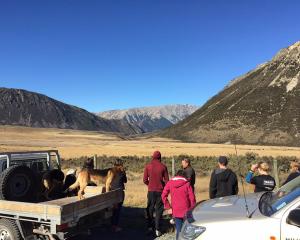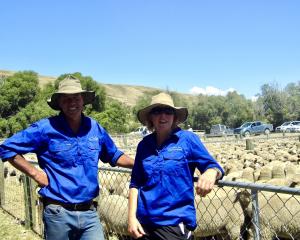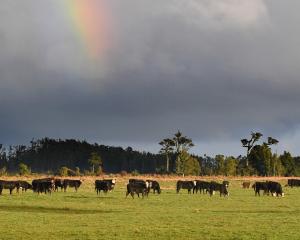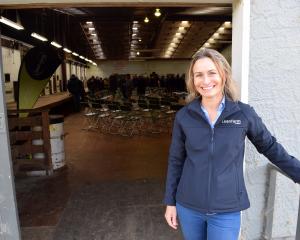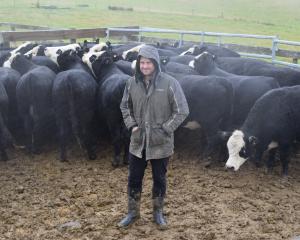
More deer farmers are wintering stock indoors than there were five years ago.
"They are responding to public concerns and their own concerns about the environment."
Five Southland Environment Advance Party members are wintering deer indoors and he has used their data to determine the costs.
The members are wintering either weaners or mixed age velvet stags for varying numbers of days.
Dr Stevens said costs included bedding, feeding, labour and tractor hours.
"Bedding costs could be significant and ongoing, and [bedding] should be of a high quality from an animal welfare perspective, for comfort.
"Animals that are warm, dry and comfortable eat less feed, fight less and are more settled, reducing bullying and potential animal health risks and costs.
"Sheds with self-feed silage pits close by or which have multiple feeders that only need topped up every two to three days also have lower costs."
Total costs ($/SU) where stock are fed indoors for 67, 83 or 94 days range from $16.80 per stock unit to $34.40 and $76.50.
That equates to .25c, .41c or .81c per stock unit per day.
He costs a fully enclosed shed compared with a PVC tunnel-house style structure.
"The bigger the shed, the lower the price per square metre."
Stags have different requirements for space than weaners.
Stock required at least 3sq m per animal and an outdoor loafing area was a bonus.
He estimated a more solid shed would last for about 20 years while the PVC one would last for about 10 years.
The total annual costs for per animal in a full cover shed is for weaners about $28.16, for hinds $32.85 and for R4 stags $50.06.
The same number of weaners, hinds and stags in a PVC barn costs $19.77, $23.07 or $35.15.
"Once deer are inside they are quite content.
Benefits include the farmer’s ability to control the diet and manage it more effectively.
The appropriate configurations of animals in each shed have to be considered.
"You have to make sure the right type of animals are put together.
"You need to keep the young stags separate from the older stags and the young hinds from the older hinds, as the hierarchy has already been set and that could intensify behaviours.
"However, they are a very trainable species, very adaptable."


